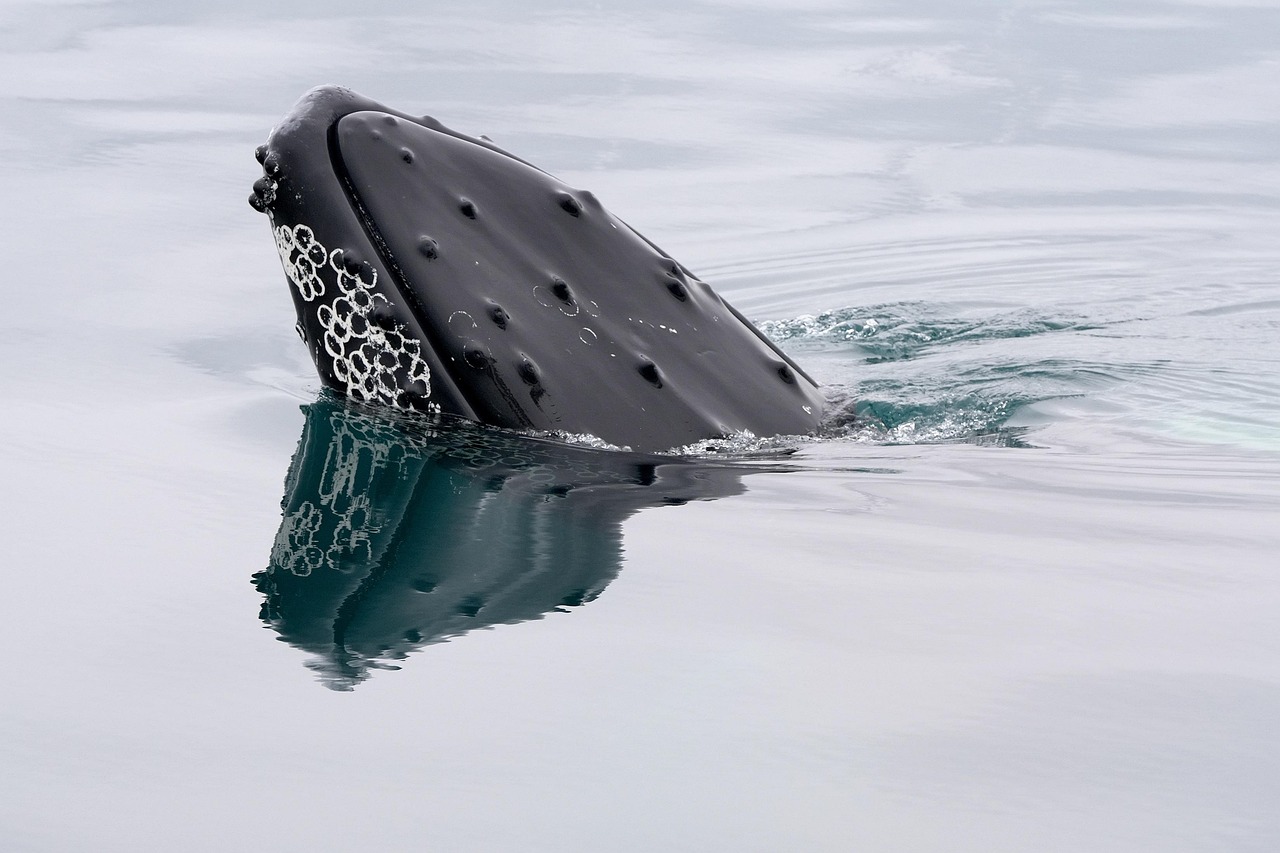Photo by Makabera
A massive global study has revealed that some of the most important parts of the ocean for the world’s largest marine animals—whales, sharks, turtles, and seabirds—are still largely unprotected. Despite years of conservation efforts, only a small fraction of their critical habitats are currently safeguarded by marine protected areas (MPAs).
The new research, published in Nature Ecology & Evolution, analysed the movements of more than 13,000 individuals from 111 marine megafauna species, using over 11 million tracking locations. The study, led by Ana Sequeira of Australian National University, introduces a new concept: Important Marine Megafauna Areas.
As reported by Mongabay, the researchers found that megafauna spend roughly 80% of their time in just 63% of their total range—a relatively small and predictable set of hotspots. Yet only about 5% of these areas fall within current MPAs.
These high-use regions span both national waters and vast areas of the high seas—including the northeast Atlantic, northeast Pacific, central Indian Ocean, South Atlantic, and waters off South Africa and Mozambique. These are vital corridors for migratory giants—routes where animals feed, breed, and rest—and they are largely left vulnerable to threats like overfishing, ship strikes, bycatch, and industrial development.
Failing to implement protection in key areas could leave the most vulnerable and ecologically important marine animals exposed to ongoing threats. As reported, conventional marine protected areas (MPAs) may be insufficient on their own, stressing the need for more adaptive, data-driven mitigation strategies beyond static protection zones.
This includes tools such as seasonal fishing closures, shipping lane diversions, reduced vessel speeds, and gear changes—all measures shown to reduce accidental harm to marine megafauna. A related study, published in 2024, found that implementing safe zones covering just 2.6% of ocean waters could reduce ship strikes on whales by more than 80%.
The new findings also highlight the major governance gap in marine conservation: over 60% of IMMegAs lie in the high seas, beyond national jurisdiction. As Leah Gerber of Arizona State University points out, this means that effective protection will depend on robust international cooperation—and swift implementation of tools like the new UN High Seas Treaty.
The research comes at a crucial time. Under the Kunming-Montreal Global Biodiversity Framework, countries have committed to protect 30% of land and sea by 2030. But this study suggests that without targeting where marine animals actually spend their time, that goal may fall short of meaningfully preserving biodiversity.
As the world scrambles to meet its “30×30” conservation targets, this work offers a powerful new map for action. By tracking marine megafauna at unprecedented scales, it shows us not just where the animals are—but exactly where protection is needed most.
